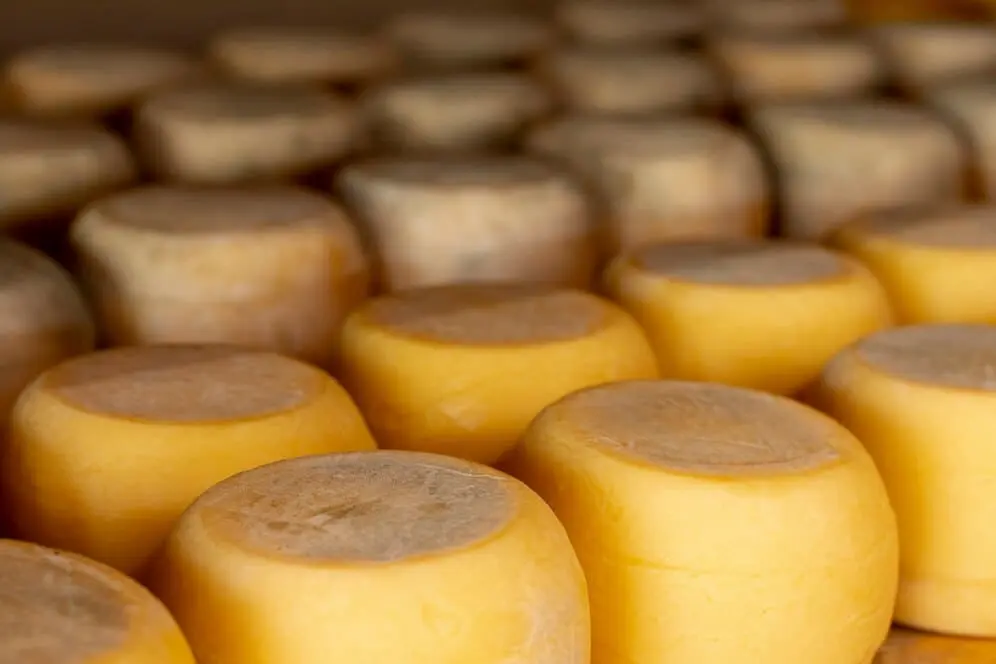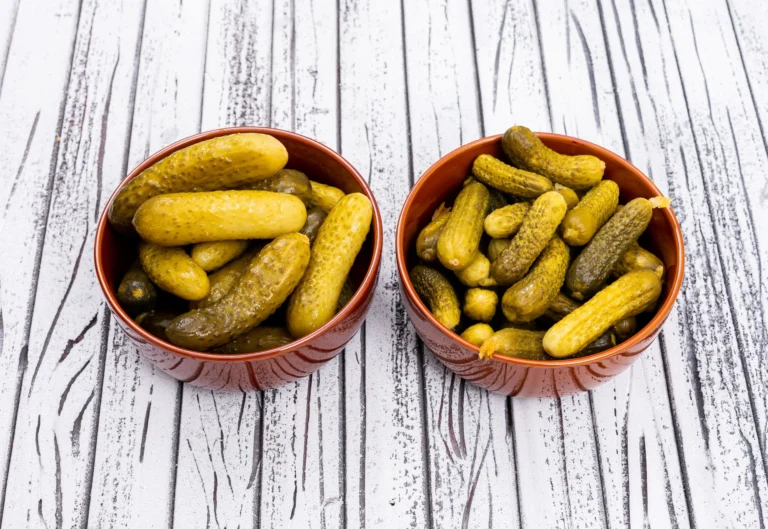Pecorino Romano: A Guide to This Iconic Italian Cheese
Pecorino Romano is more than a cheese – it’s the beating heart of Italian culinary tradition. It is a hard cheese that has a salty, tangy flavor and a crumbly texture, a staple in dishes like the classic pasta Cacio e Pepe. Are you interested in its health benefits, comparison to Parmesan, or what to substitute with? This guide will answer questions for you all about Pecorino Romano cheese.
It is a hard Italian cheese made of sheep’s milk (Pecora means sheep in Italian). It is one of Italy’s ancient cheeses, dating back to the Roman Empire, and is still appreciated nowadays due to its intense taste. Mainly produced in Lazio, Sardinia, and Tuscany, Pecorino cheese benefits from D.O.P. – Denominazione di Origine Protetta – meaning that it has to be produced according to strict production standards.
Key Features of Pecorino Romano
- Flavor: Salty, sharp, tangy.
- Texture: Hard and crumbly, perfect for grating.
- Colour: Pale yellow or ivory.
- Uses: Grated over pasta, salads, or incorporated into sauces.
Nutrition and Health Benefits of Pecorino Romano Cheese
It is not only delicious; it is also full of nutrients. It is rich in calcium, proteins, and essential fatty acids. Its addition can thus form an important component of a balanced diet. Some studies reflect on its potential to support heart health due to its high conjugated linoleic acid content compared to other cheeses.
Is Pecorino Romano Cheese Healthy for the Heart?
Yes, when consumed in moderation. Its CLA content may help reduce inflammation and improve cholesterol levels, but keep an eye on its sodium content if you’re on a low-salt diet.
Pecorino Romano vs Parmesan: What’s the Difference?
Pecorino Romano and Parmesan (Parmigiano Reggiano) are often compared, but they’re distinct in flavor, texture, and usage.
Feature Pecorino Romano Parmigiano Reggiano
Milk Source Sheep’s milk Cow’s milk
Flavor Salty, tangy, sharp Nutty, mild
Texture Hard, crumbly Hard, granular
Aging 8–12 months 12–36 months
Parmesan or Pecorino Romano: Which is the better cheese? It depends on the dish! it is used for bold Italian recipes, whereas Parmesan can be substituted in a variety of dishes.
Pecorino Romano Cheese Substitutes
If you cannot find it, substitute it with:
- Parmesan (Parmigiano Reggiano): Not as salty, less tangy, but always available.
- Grana Padano: Milder and nuttier, good for grating.
- Manchego: A Spanish sheep’s milk cheese with a slightly sweet flavor.
- Asiago: Grates well, though it is milder in flavor.
Pecorino Romano in Italian Cooking
It is an essential ingredient in many traditional dishes. Its strong flavor does wonders on pasta and makes it a must for rich sauces.
Various Recipes with Pecorino Romano
- Cacio e Pepe: A creamy pasta recipe consisting of Pecorino, black pepper, and pasta water.
- Carbonara: Mix Pecorino Romano, eggs, guanciale, and black pepper for this Roman recipe.
- Pasta con Pecorino Romano: This is the simplest and most delicious recipe for highlighting the tanginess of the cheese.
How to Keep Pecorino Romano Cheese Fresh
Wrap Pecorino Romano tightly in wax paper or plastic wrap and keep it refrigerated. It can last up to three months if properly stored.
Can You Freeze Pecorino Romano
Yes, it can be frozen, though it may lose some of its texture. Grate it before freezing for easier use in recipes.
FAQs About Pecorino Romano
1. What does Pecorino Romano taste like?
It has a salty, tangy, and sharp flavor with a rich umami profile.
2. Can I use Pecorino Romano instead of Parmesan?
Yes, though it is saltier and bolder.
3. Is Pecorino Romano cheese lactose-free?
No, but it is very low in lactose, so it can be tolerated by many lactose-intolerant people.
4. How long does Pecorino Romano last?
This cheese should last up to three months in the refrigerator.
5. Is Pecorino Romano the same as Romano cheese?
No, not really. In the United States, Romano cheese is often made from cow’s milk and cannot be compared to the authentic Pecorino Romano.
Where to Buy Pecorino Romano?
It is available at specialty stores, as well as at most Whole Foods supermarkets and online at retailers such as Costco. Trader Joe’s carries a wide selection of Pecorino cheeses.
For more information, visit Quora.
Conclusion
It is a timeless classic that deserves a spot in every kitchen. Its sharp, salty flavor and versatility make it perfect for elevating pasta dishes, salads, and sauces. Whether you’re cooking an authentic Italian meal or exploring substitutes, It is a cheese that brings bold flavors to the table.







